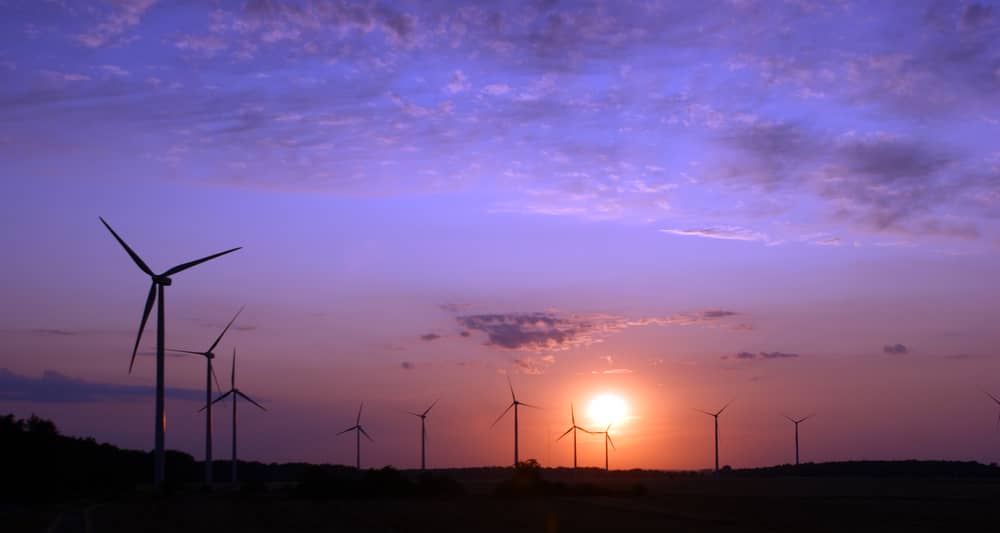The influence of high ETF ownership can make and mar the prospects of individual clean energy companies despite efforts to reduce overconcentration over the past six months.
At present, wrapped products hold more than 5% of the float of 72 cleanenergy stocks, an ownership dynamic that exposes many burgeoning small-cap stocks to ‘drastic’ price swings, according to Adeline Diab, head of ESG and thematic investing EMEA at Bloomberg Intelligence.
The Bloomberg Intelligence research revealed small cleanenergy stocks with higher ETF ownership had consistently higher 90-day volatility than their peers, with prices falling further than the sector average during the March-April rebalancing season and then recovering more sharply in June.
Diab noted that stocks with 10%-plus of their market caps held by ETFs recovered by 14% in June but have still fallen more deeply on a three-month basis compared with a decline of 10% for 5-10% ownership, zero for 1-5% and a 6% gain for those with less than 1% of shares held by the ETFs.
High ETF ownership can also have a distorting effect on performance as illustrated by abnormally correlated price behaviour in companies with significantly different valuation multiples.
While one might expect a company with a high EV/EBITDA (value/earnings) ratio of 158x to see an outsized decline during market corrections, Bloomberg Intelligence observed these stocks reacted similarly to those with a ratio of 5.82x when faced with ‘green’ announcements and asset flows news.
This overlap, Diab said, may be exacerbated by common holdings across the top ten clean energy ETFs, a dynamic she expects will be amplified further as banks’ structured products become increasingly linked to popular ETFs.
An area where frothy valuations do become problematic is when a stock's strong performance is owed to being considerably owned by ETFs capitalising on spikes in temporary, speculative demand.
“While our cleanenergy ETF tracker averages 21.5x EV/EBITDA, over half of the top 10 stocks average 55x, reinforcing our view that concentration carries risks that need to be considered to avoid swings that may not be driven by fundamentals,” Diab added.
This was seen with Sunworks, a company almost 20% owned by ETFs, which saw its value rise by a factor of sixty in the nine months to January as it was added to four ETFs, before a market rotation, supply chain constraints and ETF rebalances saw it fall 65% in the last six months.
Ormat Technologies offers a similar story. With its 115% price surge between September and February leading to ETFs claiming a 15.6% stake in the company, the strategies subsequently offloaded two-thirds of their holdings, contributing to the company’s share price falling 46% from its high.
The report concluded the ownership of the 20 most-held companies in the top ten clean energy ETFs remains concentrated even after the March-April rebalance.
At present, nine of the 10 companies most held by cleanenergy ETFs are small caps worth less than $1bn – which are more likely to experience volatility during rebalances due to their small size and liquidity pools.
Unfortunately, even a winding down of large ETF stakes will be a volatile ride for these small clean energy stocks with sell-offs driven by index weighting criteria on stock size and liquidity.
Further reading



